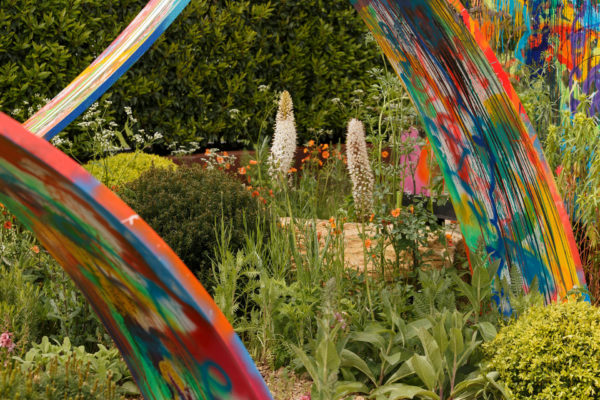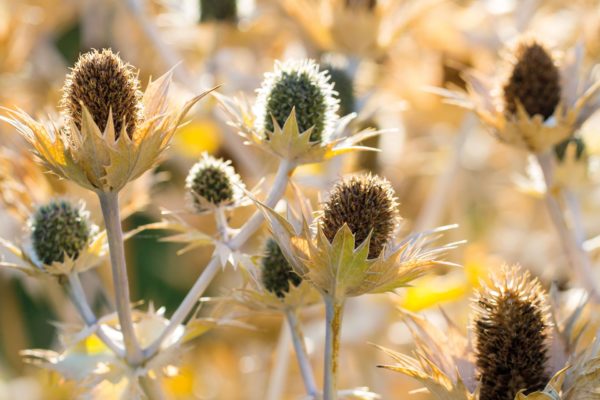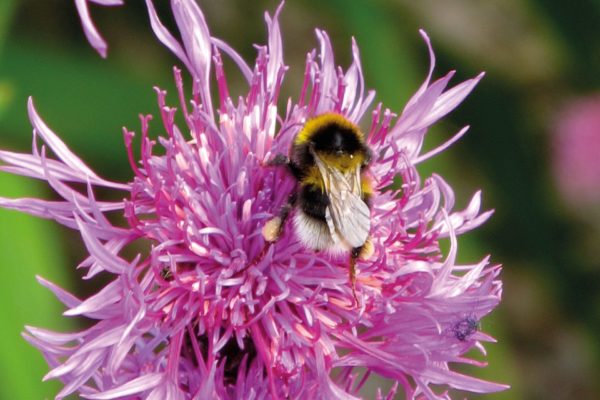Three Experts Tell Us What To Do With Our Gardens In Winter
By
1 year ago
Your summer garden starts in winter
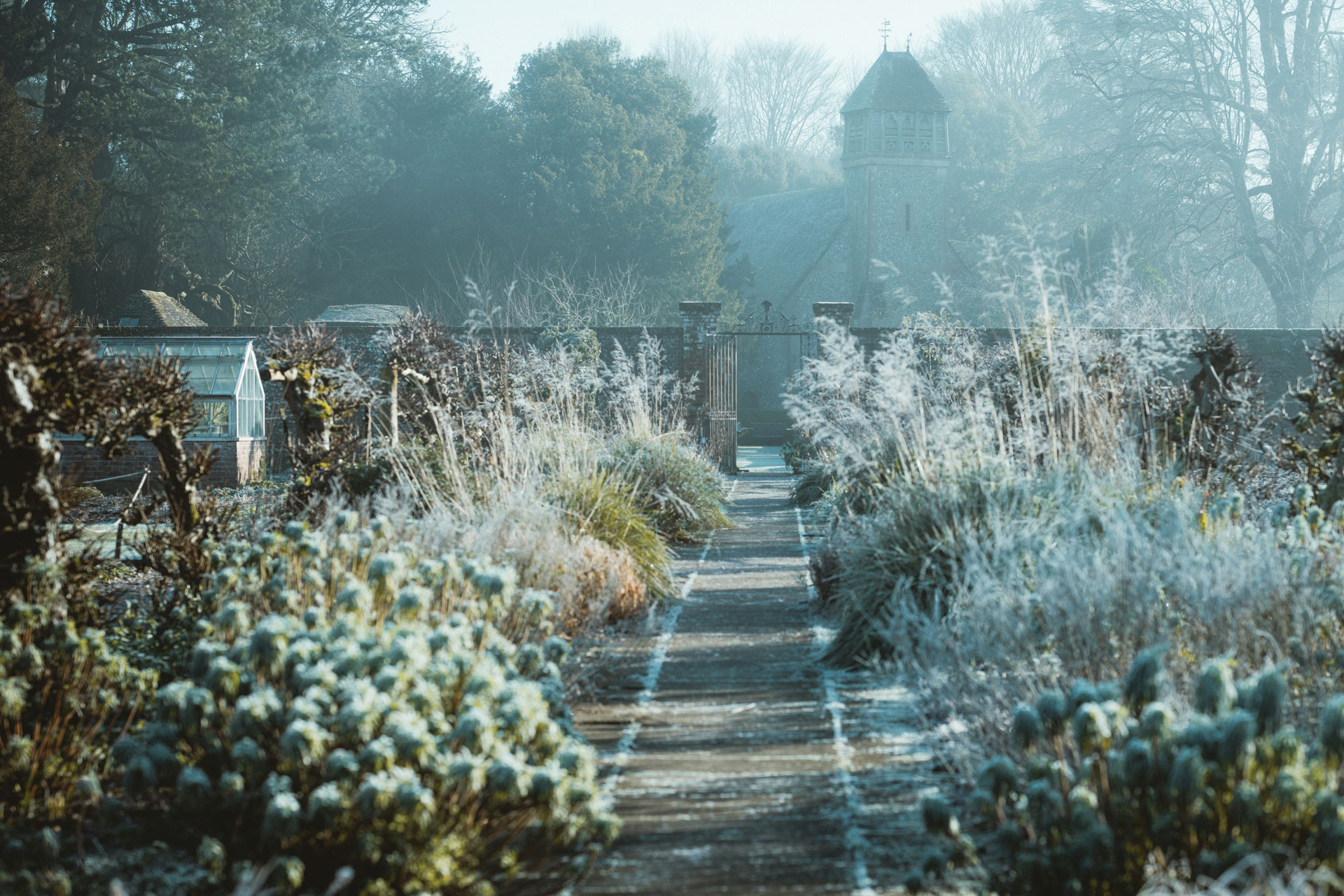
You might be tempted to cosy up over winter – three garden experts reckon you should give attention to a different kind of bed… Here’s exactly what to do with your gardens in February.
February Gardening: Here’s What To Do With Your Winter Garden
The Expert Panel
Andrew Timothy O’Brien, garden coach and To Stand and Stare author (DK Life, £16.99).
Richard Pearce, head of maintenance, Randle Siddeley Ltd.
Penny Hemming, head gardener, Riverford Organic
Q&A: Winter Garden Advice
What should we be doing in February in our gardens?
Andrew: There’s still plenty of time to get any tulip bulbs planted for a spring display. Now, when everything in the garden seems asleep, is a great opportunity to prune roses, apple and pear trees (but not plums or greengages, which are more vulnerable to disease over winter).
Richard: In January, it’s time to plant, prune and protect any young trees in your garden. Bare root and root-balled trees, plus hedging, can also be planted now, provided the ground is suitably prepared. Protect any newly planted trees and shrubs from winter by adding a thick layer of dry mulch to keep their roots from feeling the cold.
Penny: It’s best to do very little. Don’t cut back borders if you can help it – all those stems and plant remains are a really important habitat for insect, larvae and general wildlife. But if you haven’t planted any garlic yet, get it in now – best practice is to get it planted prior to Christmas.
Does anything grow at this time of year – what outdoor plants can we enjoy right now?
Andrew: Some of our earliest flowering plants have evolved to cope with the ravages of the cold weather by synthesising a type of antifreeze within their cells. It’s an adaptation that allows drifts of snowdrops to clothe our winter borders, and it allows the frozen and drooping stems of the hellebore with its shy, freckled flowers to spring back upright with each thaw. A clean, crisp winter’s day is improved even further by the presence of scented shrubs such as daphne, sarcococca and witch hazel, their perfume wafting surprisingly far in the cool garden air.
Richard: The pretty evergreen shrub Skimmia japonica carries deep crimson and creamy white buds through its Rubella and Kew Green varieties, which will pop open in early spring. Winter flowering Camellia (Camellia sasanqua ‘Yuletide’) has a full display throughout winter to the end of January, with glossy green leaves and huge buds of dark red flowers. Another shrub option can be found in the dwarf alpine, Erica carnea – offering sprays of tiny pink, magenta or white petals throughout winter.
Penny: The winter bounty includes: snow drops, colourful stems of dog woods and hazels; hellebores; sweet scented plants such as winter honeysuckles; sarcococcas and daphnes; camellias.
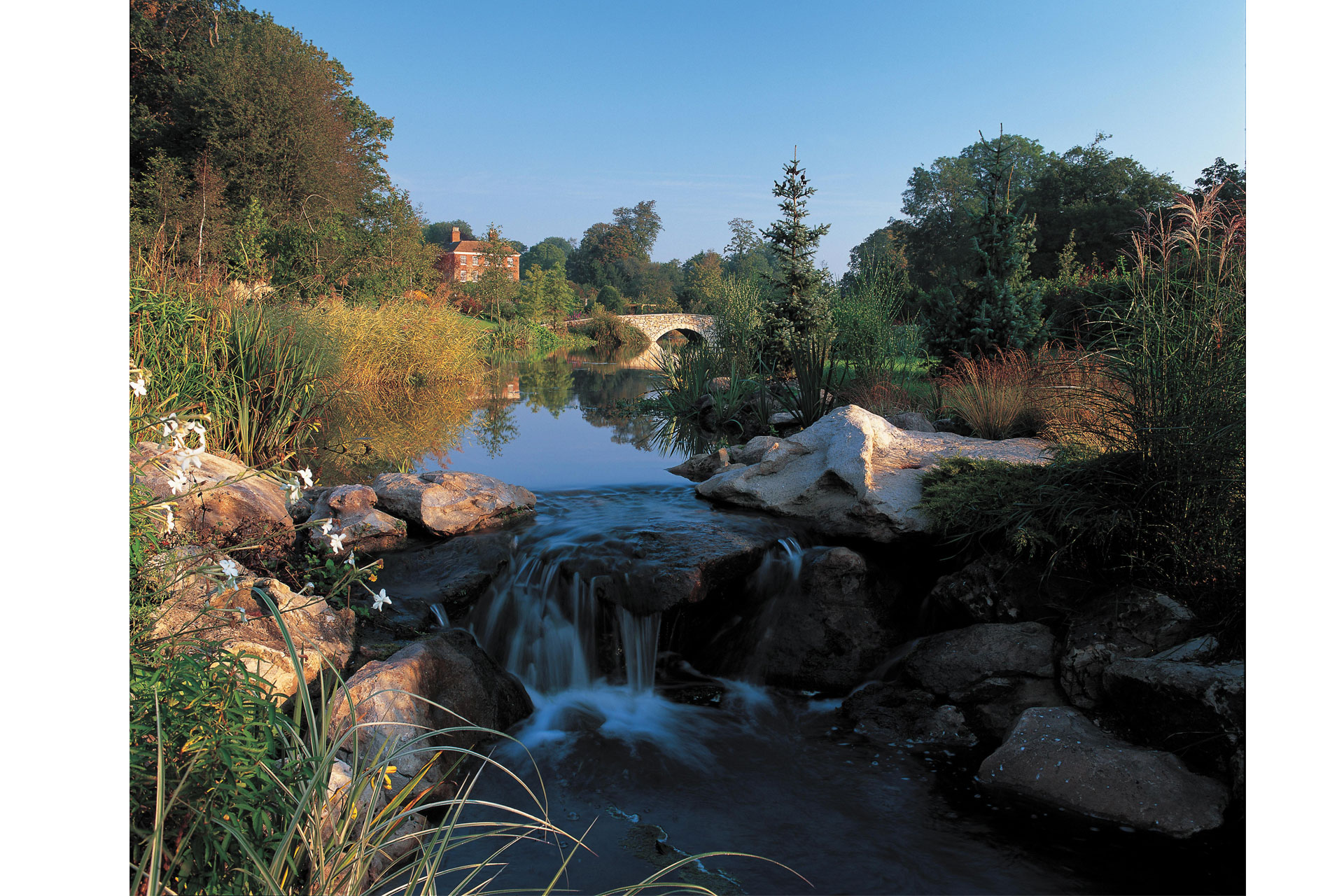
© RSL
How should we style our gardens in winter?
Penny: It’s a great time to go to National Trust and RHS gardens to get inspired – look at which plants stand out. Colourful stems like cornus add interest in winter and evergreen plants can add structure and shape.
Richard: Well thought-out lighting installations can bring your garden to life, and intimate social areas with warming fireplaces to allow you to sit out and take it all in during longer, darker evenings.
Andrew: Treat your furniture to some colourful waterproof cushions you can whip out – whenever the weather’s dry enough – to sit outside with a steaming cup of tea. Dress key trees and shrubs with lights on timers (sparkles are not just for Christmas) to draw you out of the house for a wander down the path, and accessorise the garden with your own presence, at least once a day.
Is now the time to begin thinking about our summer gardens?
Richard: Although it may seem early – late February can be a good time to start mowing the lawn in milder areas. If it’s still too cold just make sure the mower is sharpened and serviced for March! In areas where you wish to add grass, this is a good time to lay turf on prepared areas. However, the ground is most likely still a little too cold to get started on summer planting (reserve this for March onwards), so complete your winter task list instead. Then, you can stay cosy indoors and do a spot of future garden planning!
Penny: These early months are the time to start prepping veg beds for the coming season. Weed these areas and mulch with compost from your heaps, and well rotted manure. This will improve your soil and help enhance your yields. Try to avoid digging too much and leave the structures of the soil as undisturbed as possible. Also adding organic matter to your flower beds helps to improve the health of all your plants.
Andrew: Winter offers a pause in the gardening calendar to plan how you want your garden to look and feel in the coming year. But if you find yourself itching to get going, now is a good time to sow sweet pea seeds into deep pots or loo roll centres, as well as tomatoes and chillies. But now’s the time to decide what you want to grow this year, ordering seeds and summer flowering bulbs.
Three Further Seasonal Gardening Tips
- Andrew: If you have any daffodil or allium bulbs left, get them in the ground – they’ll have a better chance of growing than if they’re left to shrivel on the shelf.
- Penny: I buy myself a gardener’s calendar each year at this time to help me through the months and remind me of sowing times.
- Richard: In February it’s time to ensure garden birds are catered for by putting up bird boxes. These gardener’s friends need some winter assistance as there are less nesting spots!




